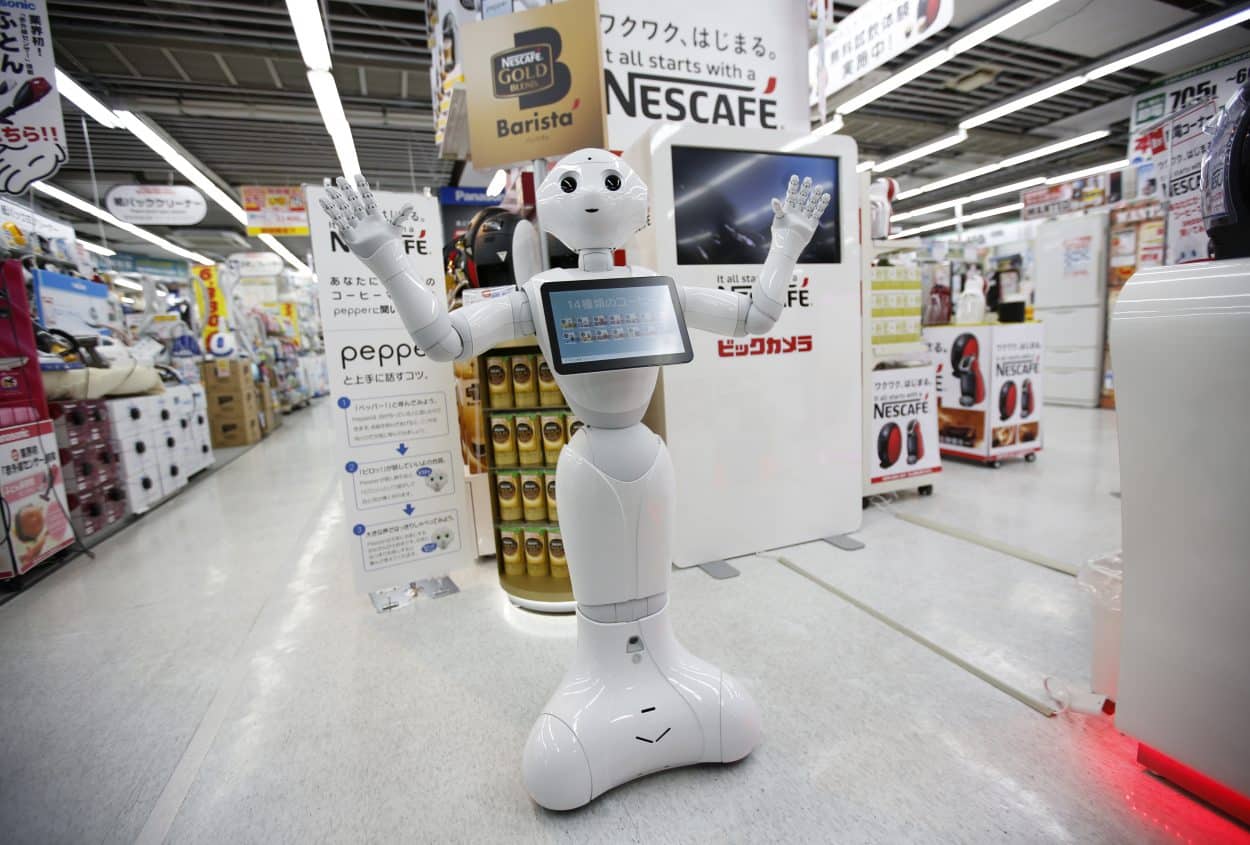Robots have not taken over the world yet, but there will definitely be a lot more of them by the end of the decade. GlobalData, a leading data and analytics company, forecasts that the robotics industry will pass the $500bn mark in 2030, after a decade of growing at double-digit rates. That is an impressive figure for an industry that generated global revenue of just $45.3bn in 2020.
GlobalData’s recent report, ‘Thematic Report: Robotics 2021’, reveals that most of the value generated by robotics comes from service robots, a broad category that includes consumer robots, as well as robots used in logistics, healthcare, security, and many other areas of the service sector. However, industrial robots will grow at a faster rate in the 2020s. Moreover, industrial robots are also a source of innovation that often spills over to service robots.

Filipe Oliveira, Senior Analyst at GlobalData, comments:
“Despite the long history of robotics, there is sometimes the feeling that the industry has not reached its full potential. That is about to change due to technological breakthroughs and other factors like the economics and demographics of rich and middle-income countries”.
GlobalData’s report predicts that several conditions are aligned that promise to expand the robotics market. Cloud computing and AI-enabled robots to collaborate, access huge amounts of data uninterruptedly, and, ultimately, become smarter. Further advances are needed in certain AI technologies, including computer vision, conversational platforms, and context-aware computing, and these developments will not happen overnight. Still, the foundations are in place, and advances are expected over the coming years.
Oliveira adds:
“Technological developments are important, but on their own will not drive growth. For technology to enjoy wide adoption, it’s not enough for it simply to exist. Whereas scientific ingenuity and creativity are making progress in robotics possible, demographics and the economy will provide the incentives for that technology to be harnessed.”
Before the pandemic, economic growth had started to stagnate in large parts of the world. As countries and companies design their plans to recover from the pandemic, interest in robotics is increasing.
The final incentive for robotics growth comes from demographic trends. Fertility rates are low across all of the developed world, and have declined sharply in middle-income countries too. Societies are looking at robots to care for the elderly and help solve shortages in the workforce.
In the next decade, incentives for robotics adoption will come from economic and demographic trends, and it is the convergence of these trends with technological breakthroughs that promise to unlock the full potential of robots.










